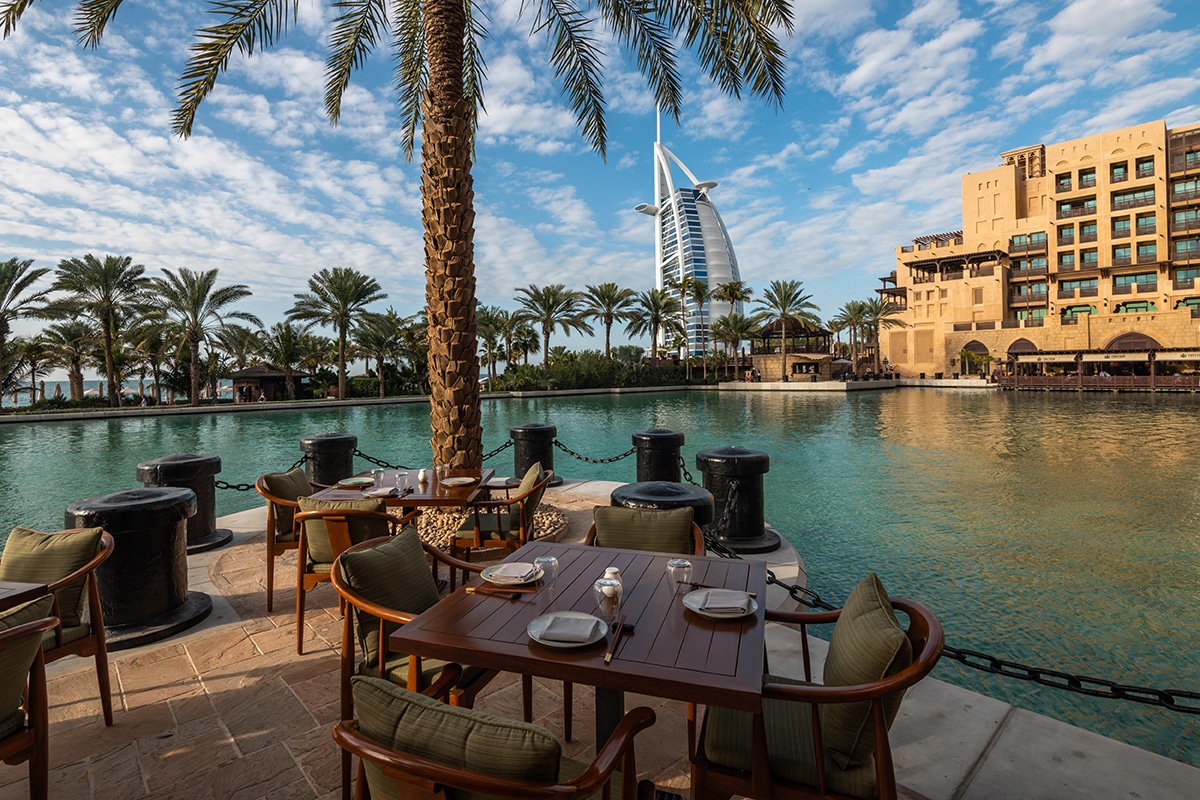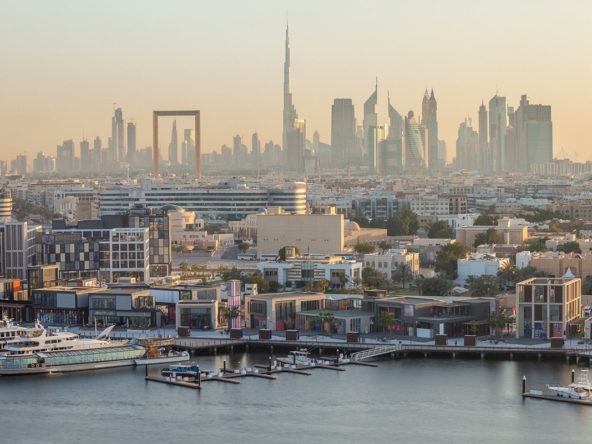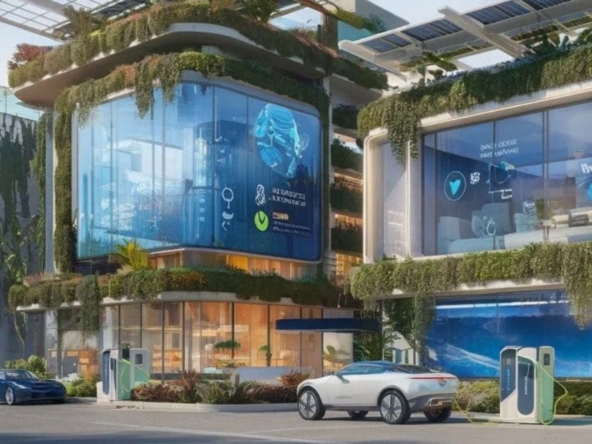Walkable zones and dedicated dining corners are set to emerge as new hotspots for F&B players in Dubai
The Evolution of Dubai’s F&B Scene: New Opportunities Amid Challenges
Dubai’s food and beverage (F&B) sector is undergoing a significant transformation. With the emergence of walkable zones and dedicated dining areas, these innovative spaces are set to become the city’s latest culinary hotspots. However, as real estate becomes increasingly scarce and expensive, hospitality businesses face challenges in entering or expanding within the emirate, according to industry experts.
Rising Real Estate Challenges in a Booming Market
The competition for prime locations in Dubai is intensifying as numerous global and regional F&B brands finalize plans to establish or expand their presence in the city. In the last quarter alone, Dubai’s vibrant beachfront scene welcomed several high-profile venues. J1 Beach debuted with 13 luxury dining establishments, including Gigi Rigolatto, Bâoli Dubai, and Sirene Beach by Gaia. Established players, such as Bluewaters, are also enhancing their offerings through major expansions.
David Richardson, founder of SHP Portfolio, a leading UAE-based F&B real estate advisory firm, anticipates a dynamic evolution for the region’s F&B sector in the coming years. “2025 and beyond will bring a wave of global and regional concepts that will redefine the dining landscape in the UAE,” he shared with Arabian Business.
Strategic Planning: A Key to Success
With competition on the rise, Richardson emphasized the growing importance of strategic real estate planning. In Dubai’s fast-paced market, restaurants must innovate and create unique dining destinations that resonate with customers and stand out in their respective trade areas.
“Dubai’s new ‘Walk Plan’ will significantly impact the F&B sector,” Richardson noted. These walkable zones are expected to inspire more vibrant street-level dining concepts and dynamic leisure destinations. Several industry players are already exploring opportunities to move or open new outlets in these areas, which could attract larger customer bases.
However, Richardson highlighted a growing infrastructure challenge, including increased road congestion and the need for better connectivity and green spaces. Brands entering the market must adopt forward-thinking strategies, anticipating future trends instead of relying solely on the current landscape.
The UAE: A Global F&B Innovation Hub
The UAE is fast becoming a global hub for F&B innovation, drawing international brands seeking expansion opportunities. Economic challenges in other regions, such as rising costs and regulatory hurdles in the UK, are prompting more brands to explore the UAE’s thriving dining culture and strategic location.
Many international players are leveraging franchising, licensing, or joint ventures to navigate rising real estate costs and capitalize on the region’s vibrant market. However, securing prime locations remains a significant challenge due to fierce competition and complex local regulations.
Richardson emphasized the critical role of data-driven decision-making in choosing the right property. “A strategic property choice is an investment that can define success,” he stated. Brands must consider customer demand, foot traffic, and market trends to make informed decisions.
Looking Ahead
As Dubai continues to redefine its dining landscape, the city’s F&B sector presents exciting opportunities for innovation and growth. The combination of strategic planning, innovative concepts, and an understanding of evolving market trends will determine the success of brands looking to thrive in this competitive market.
With its walkable zones, cutting-edge dining destinations, and status as a global F&B hotspot, Dubai is poised to remain at the forefront of the industry’s evolution, offering a vibrant and dynamic future for businesses and customers alike.







